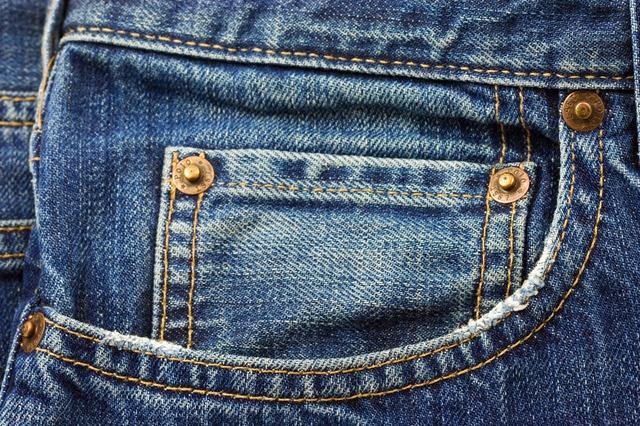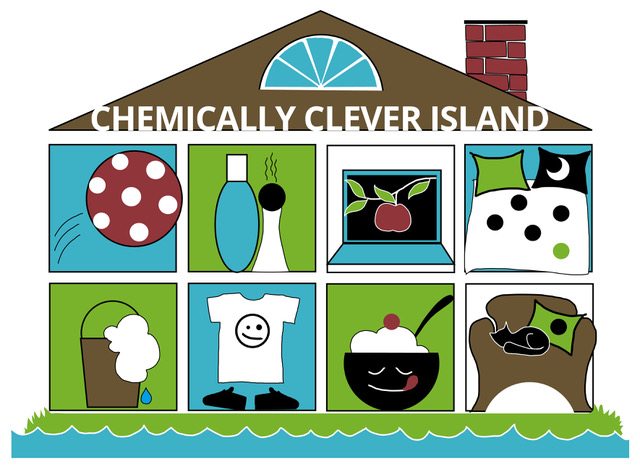A lot of clothes – a lot of chemicals

Producing a pair of jeans ”costs” almost 11 000 litres of water and 0,9-2,1 kilos of chemicals. How many pairs do you have in your wardrobe?
Cotton is the most common of all textile fibers: a comfortable and versatile natural material. Unfortunately the cotton plant is also the most sprayed crop in the world. One culture could be sprayed up to 40 times before it is time to harvest. According to the World Health Organisation WHO, 40 000 cotton workers die every year (!) of toxins in the pesticides. Growing cotton also requires a lot of water in already dry areas.
Other textile fibers are hardly better. Synthetic fibers are made of fossil oil. They can’t be eaten by insect pests or stifled by weeds, so we avoid the pesticides. But transforming the oil to something that feels och look more like fabric than plastic requires a lot of more or less toxic chemicals.
DO I NEED THIS?
We buy more clothes than ever before: on average 14-17 kilos of textiles per person and year. The clothes are often produced in low-wage countries where the environmental laws are weak and labor rights hardly exist. Humans get hurt, and the environment gets harmed. What is happening so far away doesn’t feel real, though. Standing in the shop falling in love with the perfect shade of denim blue or a surprisingly chic and cheap top it is easy to forget the one important little question: do I really need this?
As consumers we are part of the ongoing resource wastage, the price competition leading to lousy working conditions in poorer countries and the global chemical bash. We also help micro plastics, bactericidal substances and nonylphenoletoxilate poison the lives of aquatic organisms, that hardly benefit from latest fashion.
The shortcut to a chemically clever wardrobe is simple. Buy less. Choose your clothes carefully: Chemically smart materials and high quality, garments to love and wear for a long time. Check out ”Advise för a flying start” for more tips.
